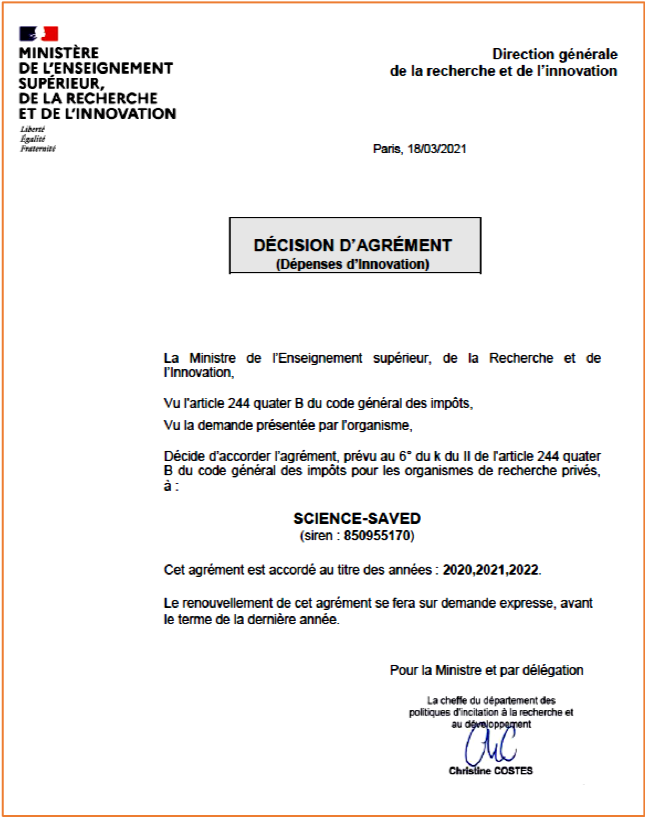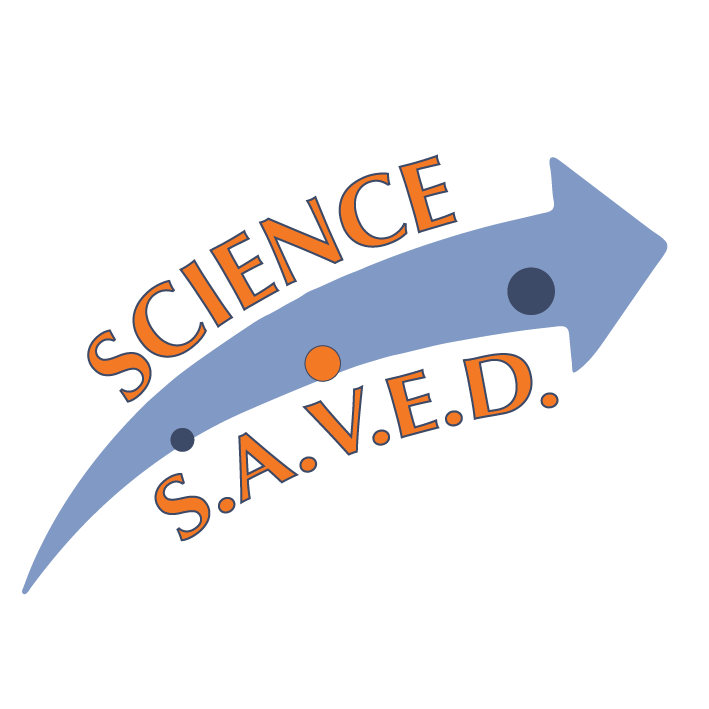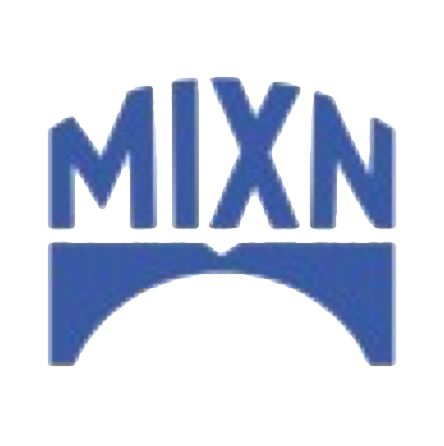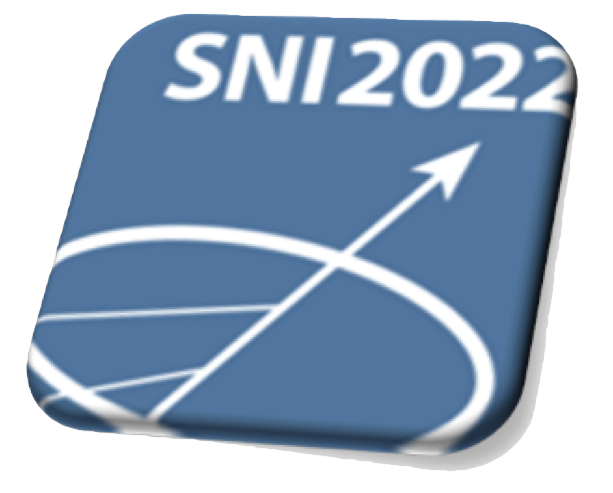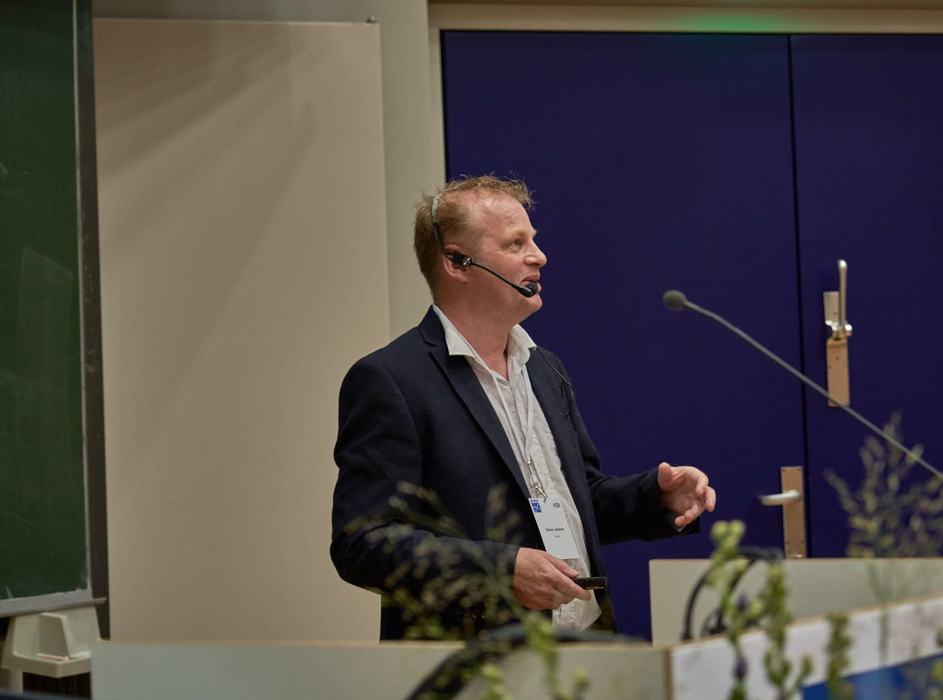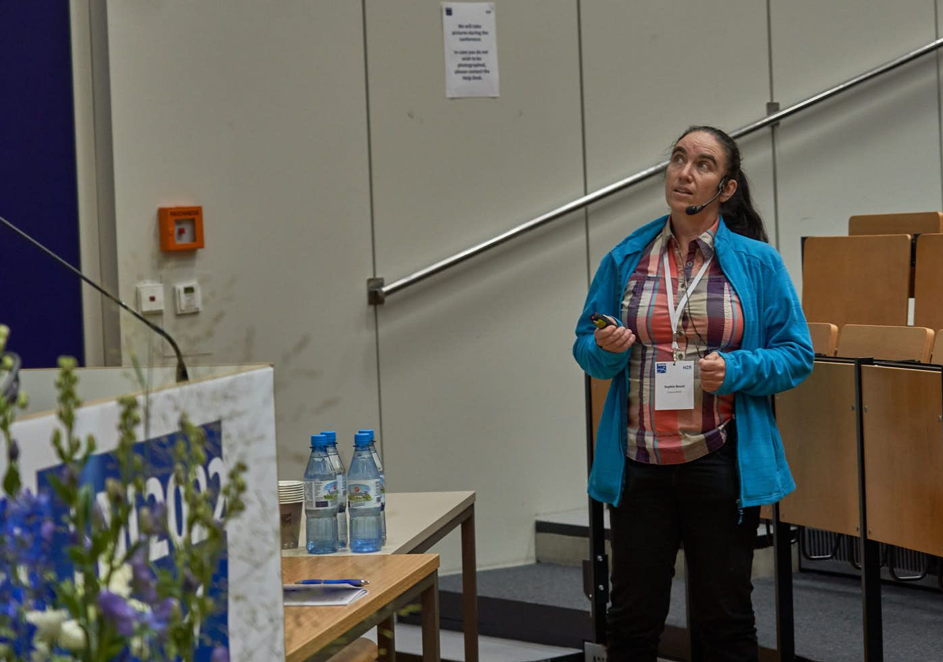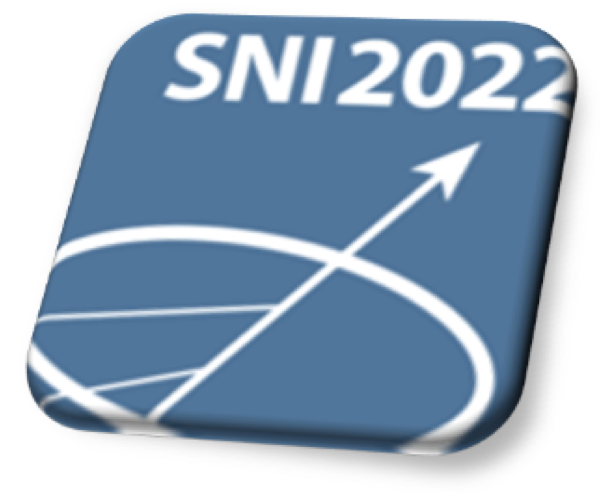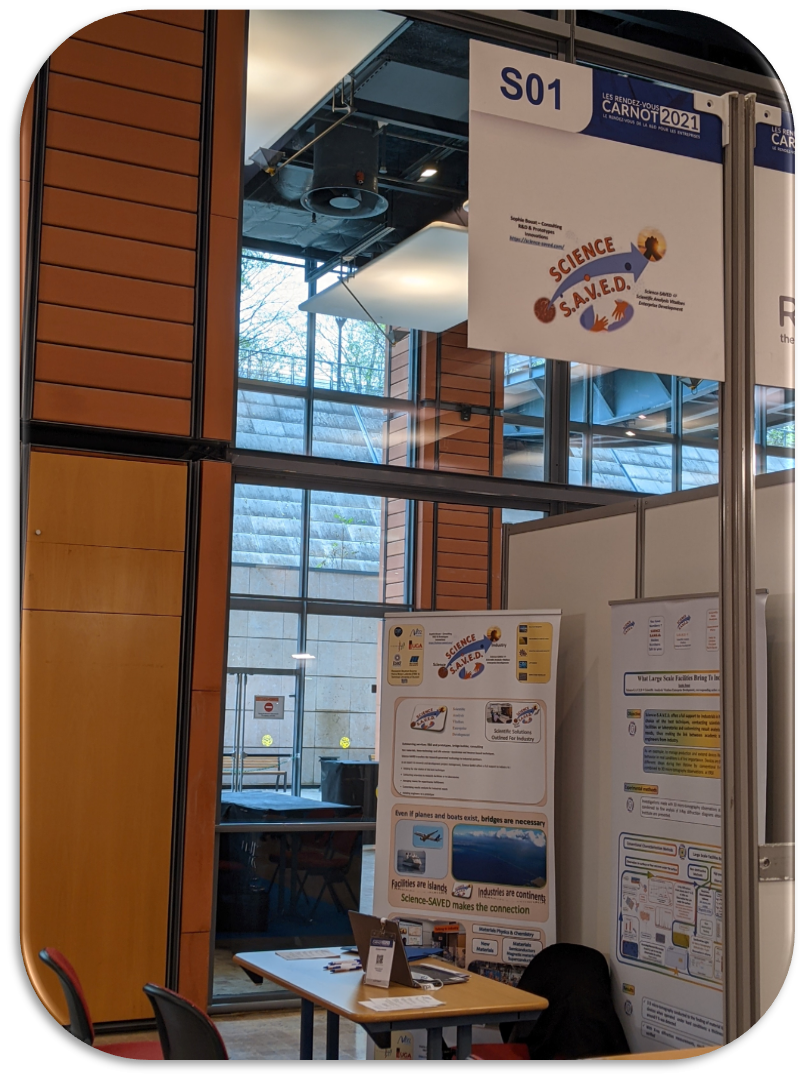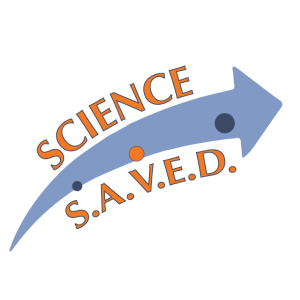Agrément CII (Crédit Impôt Innovation)
Le Ministère de l’Enseignement Supérieur, de la Recherche et de l’Innovation vient de nous informer de sa décision d’accorder à Science-SAVED les agréments CIR et CII, en tant que prestataire de R&D et créateur de prototypes innovants, pour les années 2020, 2021 et 2022.
En pratique, cela signifie que nos actions liées à votre R&D ou à vos création de prototypes peuvent être intégrées à vos propres dépenses de R&D ou d’Innovation et vous ouvrir droit à 30% de Crédit d’Impôt Recherche ou de Crédit d’Impôt Innovation (sous réserve de l’avis de l’administration évidemment).
